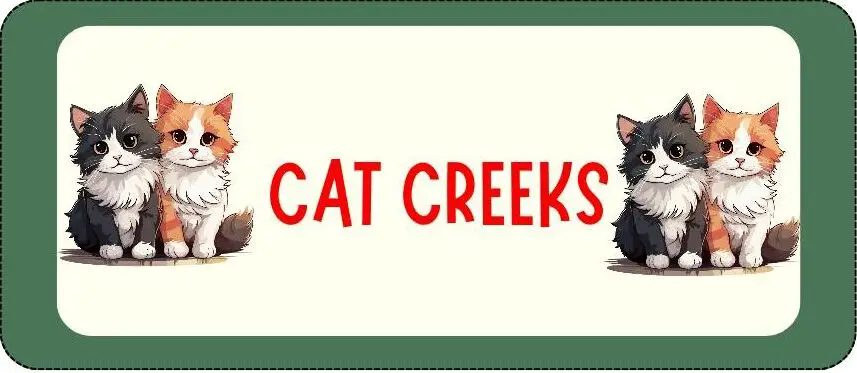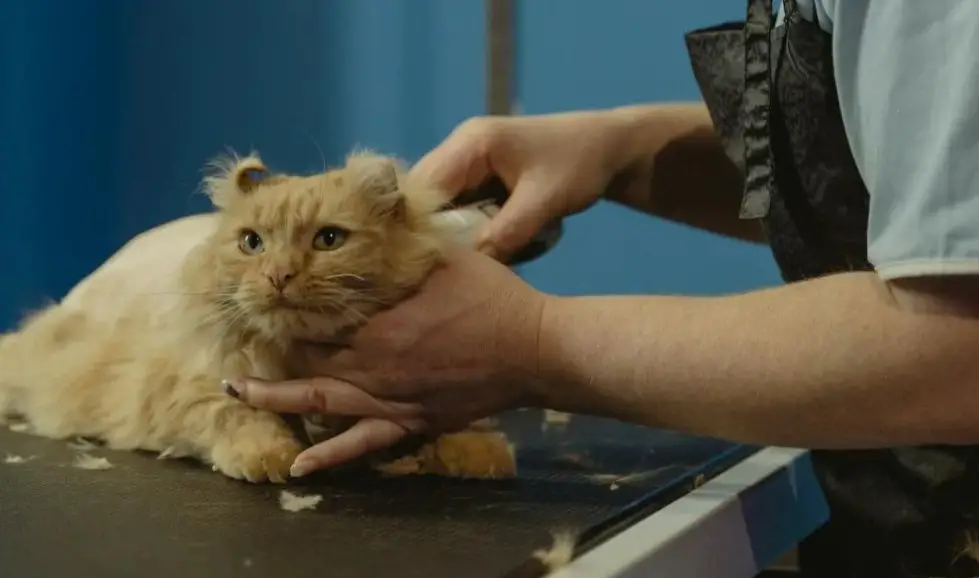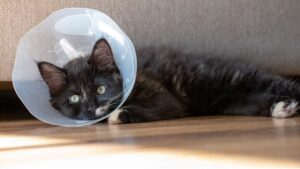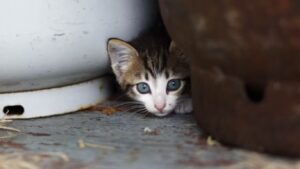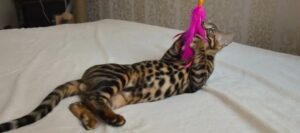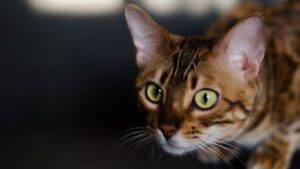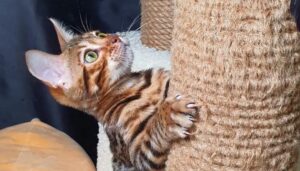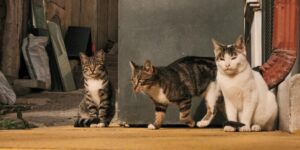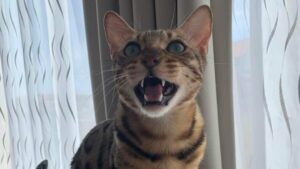Even though I am not a big fan of shaving cats, I still asked about cat behavior after shaving from people who shaved their cats.
So in this post, I’ll share some interesting cat behaviors after shaving according to some cat owners I contacted.
Let’s get started…
Cat Behavior After Shaving
After talking to some cat owners who actually shaved their cats at one point, I was able to come up with some behaviors that are common among shaved cats.
This is not to say that every shaved cat must exhibit all the behaviors discussed here, keep in mind that different cats will respond differently after shaving them.
That being said, here are some common cat behavior after shaving:
Temporary behavioral changes
Cats who get their hair shaved may notice a big difference in their overall look and feel, therefore, shaving interferes with the regular grooming practice that cats are known for.
From what I gathered, a shaved cat could exhibit transient behavioral changes as a result of feeling uneasy or uncomfortable with their new look, these behaviors may include increased agitation, pacing, or even irritation.
To help your cat adjust, I suggest creating a tranquil and comforting atmosphere for your cat during this transitional period, as well as to reassure them and stick to a regular schedule.
Avoidance of chilly surfaces
From what I know about cats, I can tell you that cats mostly rely on their fur for insulation and temperature regulation, therefore, when their fur is shaved off, they lose a layer of natural protection against cold surfaces.
As a result, after shaving your cat, you will notice your cat avoiding chilly floors or tiles and seeking warmer areas instead.
Most cats after shaving will gravitate towards soft and warm blankets, beds, or even sunny spots in your home.
So, I recommend providing comfortable and warm areas for your cat to rest, as that will help your shaved cat feel more at ease and prevent discomfort from cold surfaces.
Temporary loss of self-confidence
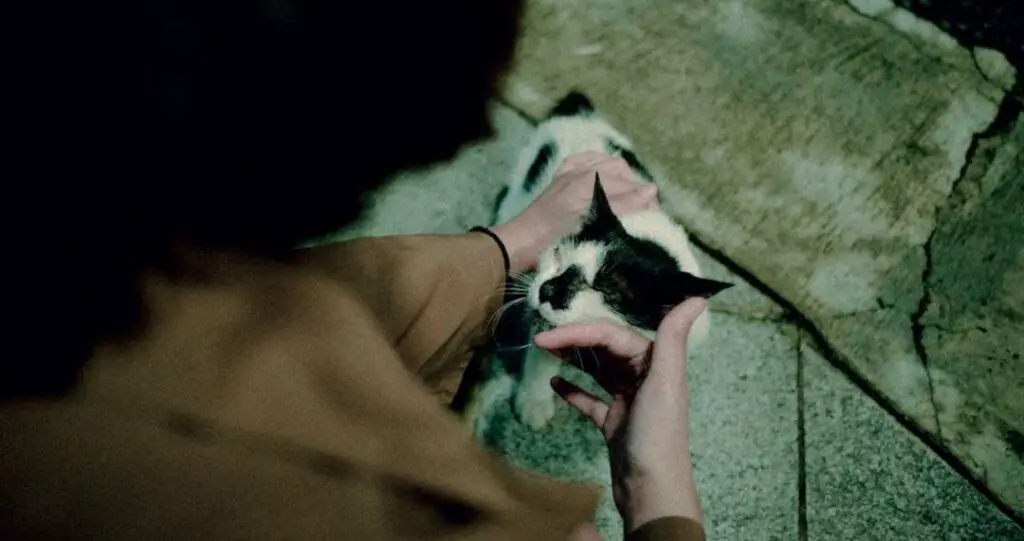
The sense of security and self-worth that cats derive from their fur is significant, therefore, most cats will feel momentarily less confident after having their fur shaved.
From what I gathered, shaved cats could feel exposed or vulnerable due to the abrupt change in their look, they might consequently display traits like shyness, concealment, or a reluctance to participate in their regular activities.
Your shaved cat may spend more time in private spots, like hidden corners or beneath furniture.
So, I suggest you provide them with a quiet, safe place to retreat to during this period while they rebuild their confidence.
Most importantly, to assist in helping them regain their confidence, I strongly recommend you steer clear of pressuring conversations and instead provide them with the kind encouragement and affirmation they need to feel better.
Hiding or avoiding people
For most cats, shaving can be an unpleasant experience that they may come to connect with pain or anxiety, and shaving may result in an inclination to hide or shy away from others, even their owners.
Whether it’s high shelves or closets, your cat may withdraw to isolated spots in the house after shaving, they could also grow increasingly distant or show resistance to being held or touched.
During this period, I advise you to honor your cat’s demand for privacy, steer clear of them, and don’t try to drag them out of hiding by force.
Rather, I suggest you establish a tranquil and safe space where they can feel comfortable. If cats feel more comfortable approaching you at their own pace, give them places to hide, like warm boxes or covered cat beds.
Temporary changes in appetite
My understanding of shaved cats comes from folks who have actually shaved their cats, therefore I can tell you that cats frequently go through brief phases of hunger changes following a shave.
Multiple causes may contribute to this, such as the abrupt alteration in their appearance and any discomfort experienced both before and after shaving.
Certain cats may exhibit a temporary drop in appetite or become slightly more reluctant to eat.
To make sure they’re still getting adequate nutrients, I advise you to keep an eye on how much food they’re consuming after shaving.
It is advisable to speak with your veterinarian if your cat has experienced a noticeable and continuous loss of appetite.
Temporary confusion and disorientation

A cat’s look can change dramatically after it’s shaved, and this can occasionally cause momentary confusion or disorientation.
Without their fur, shaved cats might feel unfamiliar with their surroundings or even have difficulty recognizing themselves after shaving.
As they become used to their new appearance, you notice they are acting a little more wary or reluctant.
Based on what I learned from individuals who have shaved their cats, having a routine and a familiar and comforting setting will help your cats regain their confidence and adjust more quickly.
Temporary excessive grooming or licking
After shaving, temporary excessive grooming or licking is another common habit you may see in your cat.
Due to their meticulous nature, cats may feel more of a desire to groom themselves as a result of their new look.
Licking their skin or the spots where their fur used to be may become a habit. Grooming on occasion is normal, but overdoing it or becoming obsessed with it can cause skin irritation or even hairballs.
If you see your cat grooming themselves excessively after shaving, I suggest you keep an eye on their behavior and contact your veterinarian if it starts to bother you.
Changes in behavior towards other pets
Based on what I gathered from people who shaved their cats, I can tell you that shaving can also affect a cat’s behavior towards other pets in the household.
Keep in mind that cats communicate with each other through scent and body language, and the sudden change in appearance can disrupt these communication signals.
After shaving your cats, your cats may need some time to readjust to the scents and visual cues of their furry companions.
During this transition period, it’s essential to provide a calm and controlled environment, allowing them to reintroduce themselves at their own pace.
I strongly recommend you supervise interactions, and positive reinforcement can help facilitate a smooth reestablishment of social dynamics immediately after shaving your cat.
Temporary changes in vocalization and restlessness
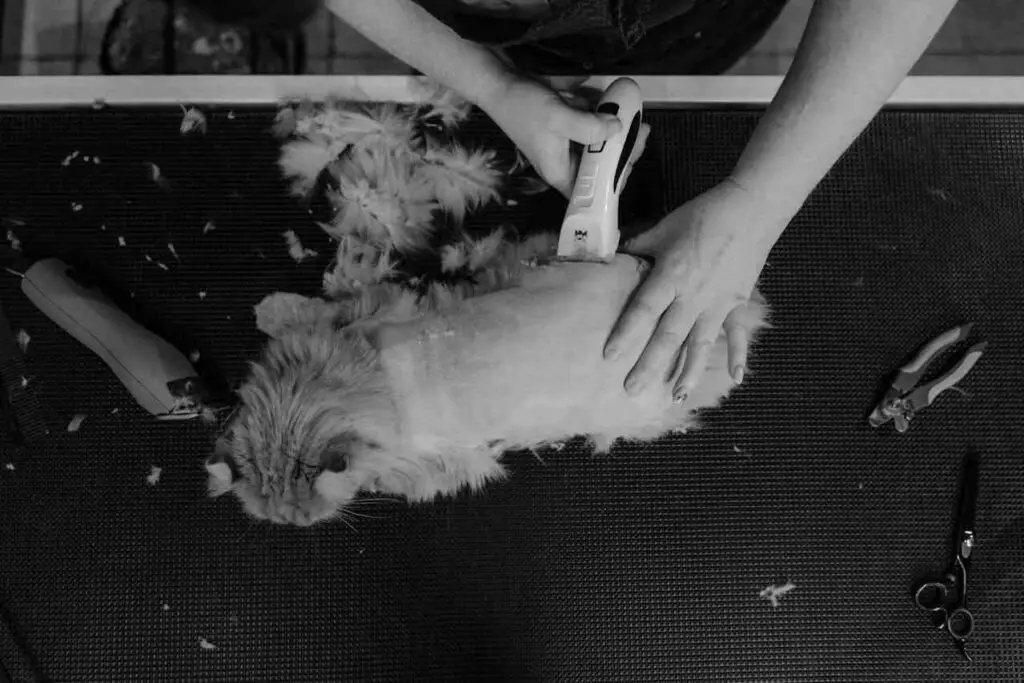
My observations from folks who shaved their cats suggest that cats may undergo brief alterations in their vocalization patterns following shaving.
Some cats after shaving can become quieter than usual, while others may become more loud than usual, this variation in vocalization can be related to how the cats are adjusting to the new feeling of not having fur.
Additionally, because of the altered sensory experience, your cat may exhibit restlessness, pacing around, or an inability to settle, this restlessness could indicate discomfort or disquiet.
So, my suggestion is creating a peaceful and cozy space for your feline companion is crucial during this phase of shaving.
Related: Pros and cons of shaving your cat.
Temporary more defensive or aggressive
Shaving can cause a temporary increase in defensiveness or aggression in some cats, this is because, without their protective fur, they may feel more exposed and vulnerable.
From what I gathered about shaved cats, this heightened sensitivity after shaving will lead to defensive behaviors such as hissing, growling, or even swatting.
Therefore, I suggest you give your cat space after shaving and avoid any sudden or forceful interactions.
You should also allow after shaving to adjust at their own pace and provide reassurance through gentle, non-threatening gestures.
Temporary increased attention-seeking
Then again, following shaving, some cats might show a brief rise in attention-seeking behavior. They may want to rub up against you or insist on petting sessions more frequently in order to make greater physical contact.
This may be a result of their need for comfort and confidence at this strange time. Giving them more love and care can help reduce their worry and give them a sense of security.
Related: Different cat behaviors after vet visit.
How to help your cat adjust after shaving your cat
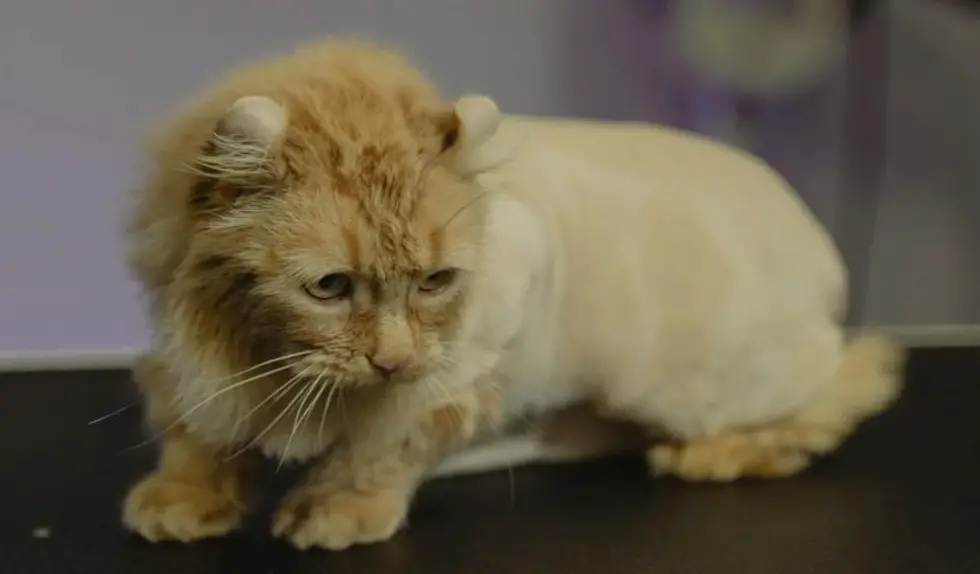
Based on what I gathered from people who shaved their cats, here are some common tips for helping a shaved cat adjust after shaving.
Although shaving can be a big adjustment for your cat, there are techniques to make the transition go more easily.
First, furnish your cat’s room with comfy blankets and comforting aromas so they may unwind there.
Second, since their fur functions as insulation, provides them extra warmth. If you have a sunny window or a heated bed, think about setting up a warm place beside it.
Thirdly, give them more love and gentle reassurance to make them feel comfortable. You should also consider using a calming aid or medication before the shaving appointment to help your cat stay calm and relaxed.
Finally, watch their behavior closely and get in touch with your veterinarian if you see any indications of discomfort or distress.
Related: Keeping your cat healthy.
Conclusion
In summary, it is critical for pet owners to comprehend how cats behave after shaving.
Cats that have had their fur removed may have transient behavioral changes as a result of impaired sensory perception and reduced insulation from their fur.
Owners may make sure their feline friends feel safe and comfortable while they acclimate to their new appearance by giving them extra care and attention during this time.
